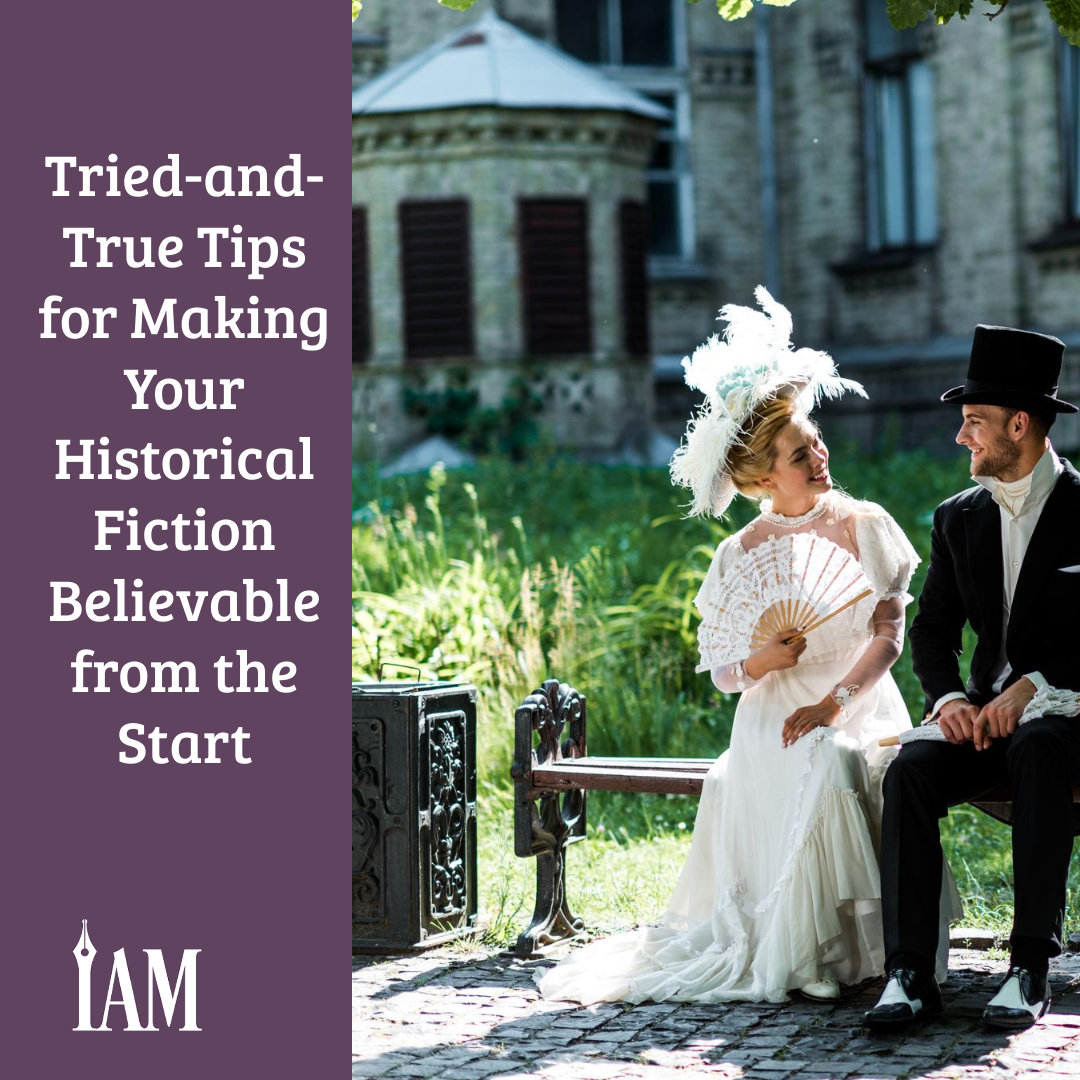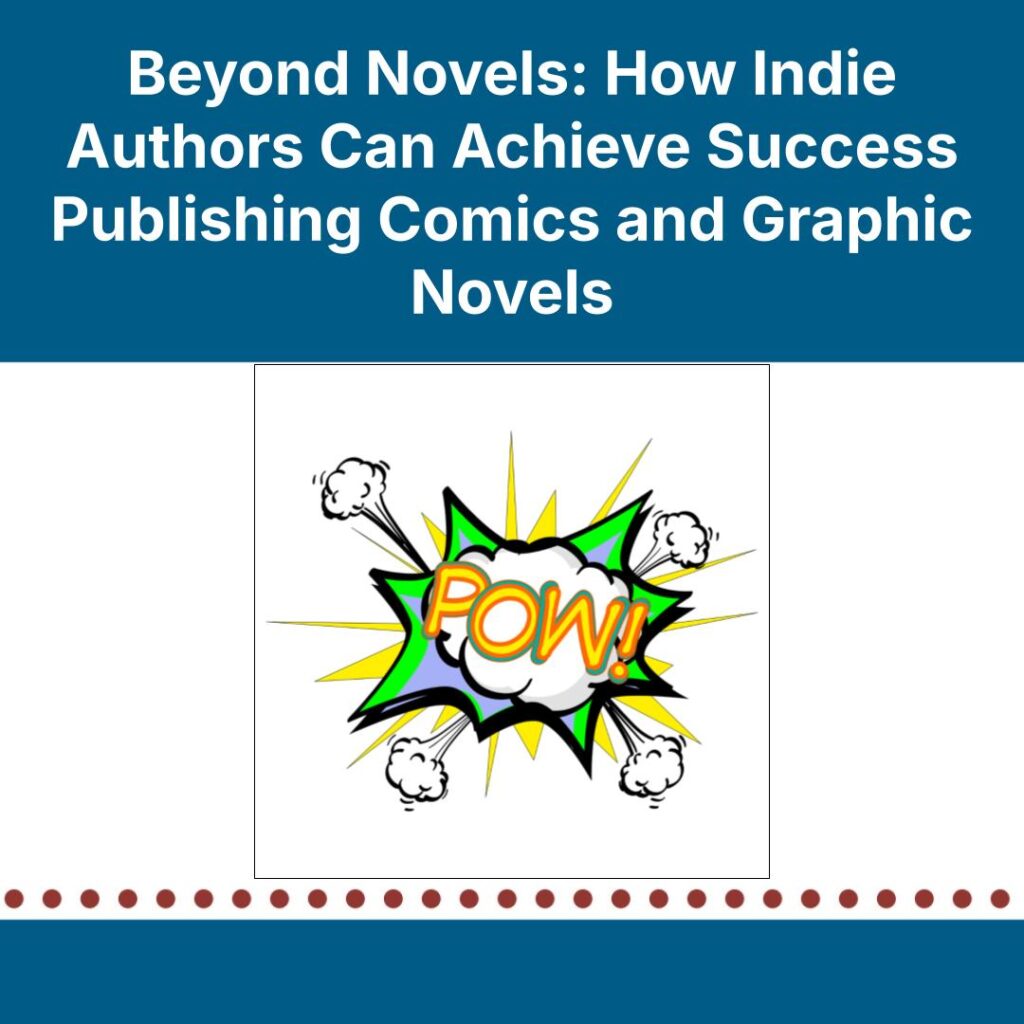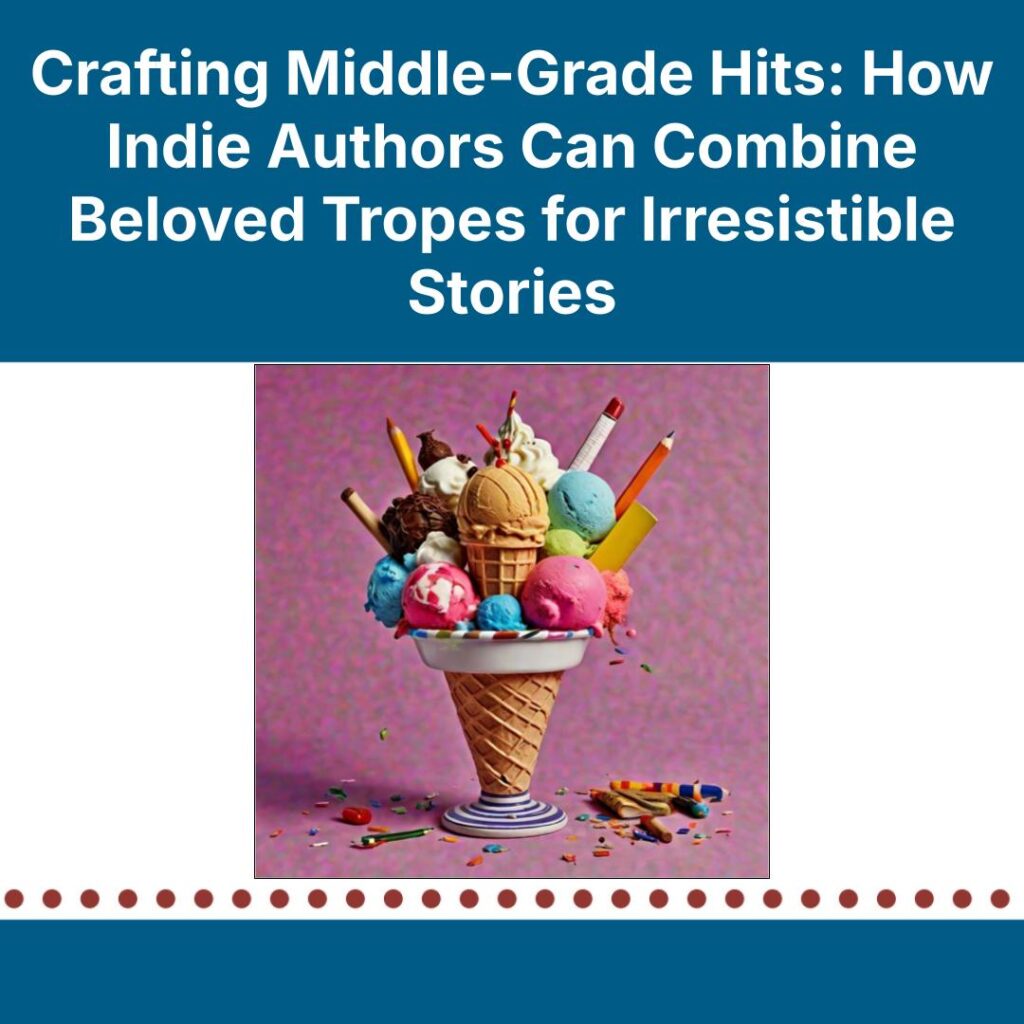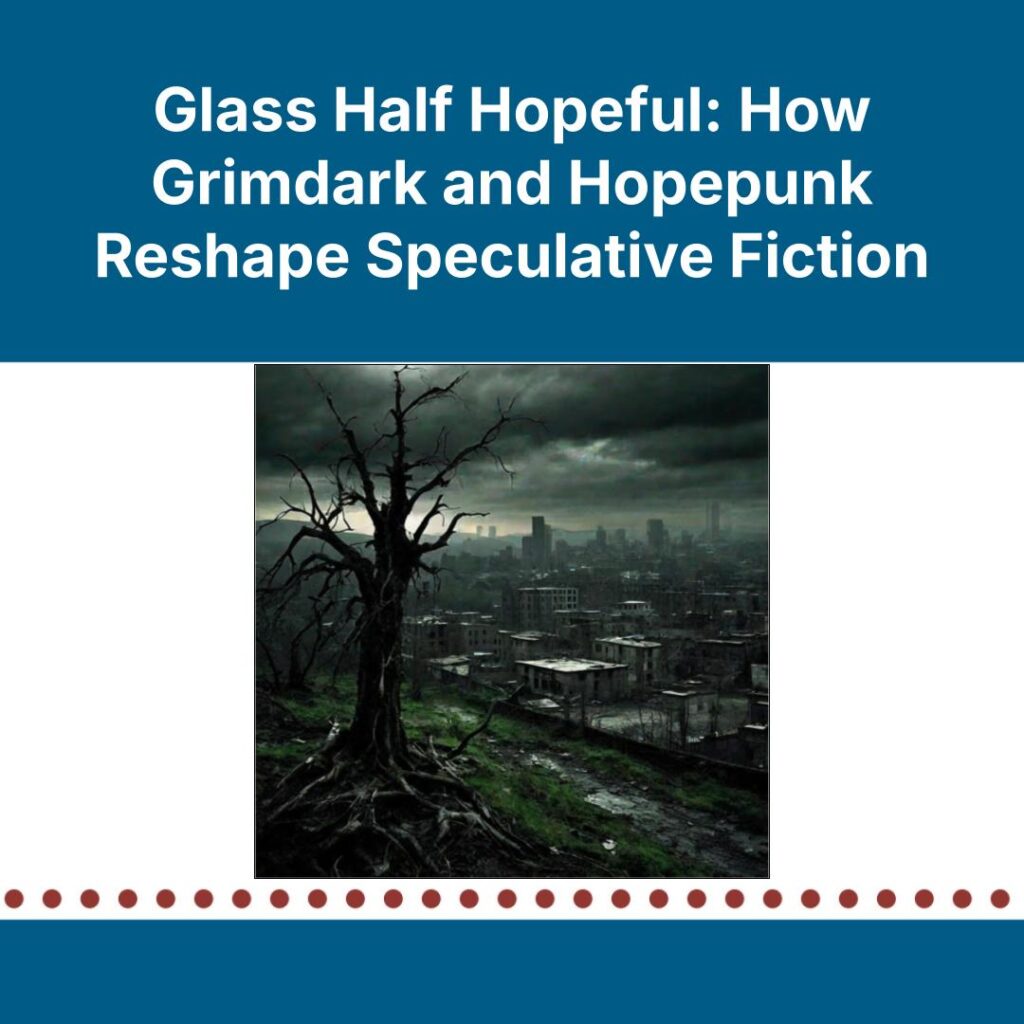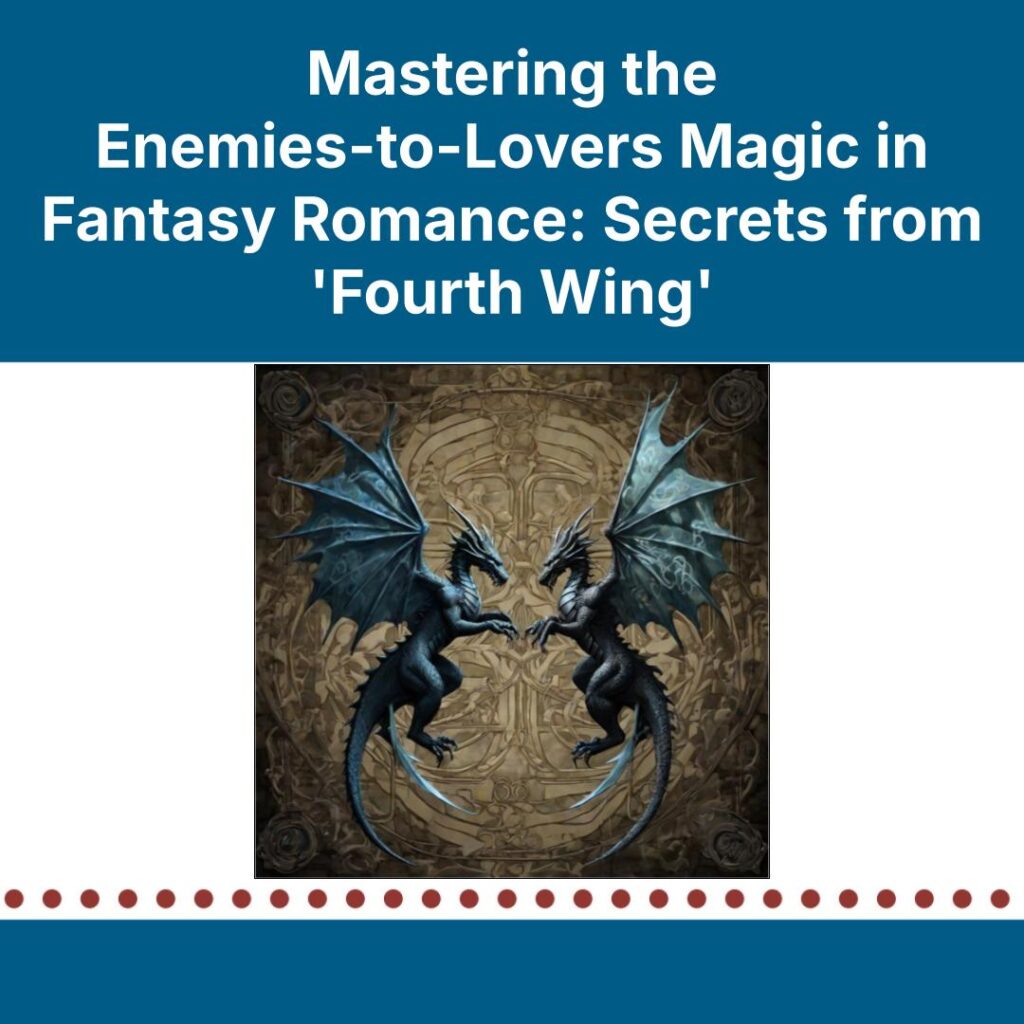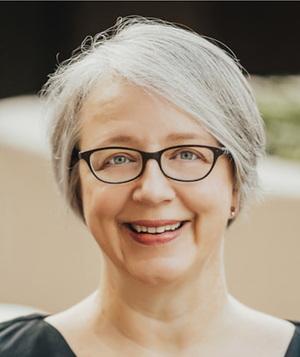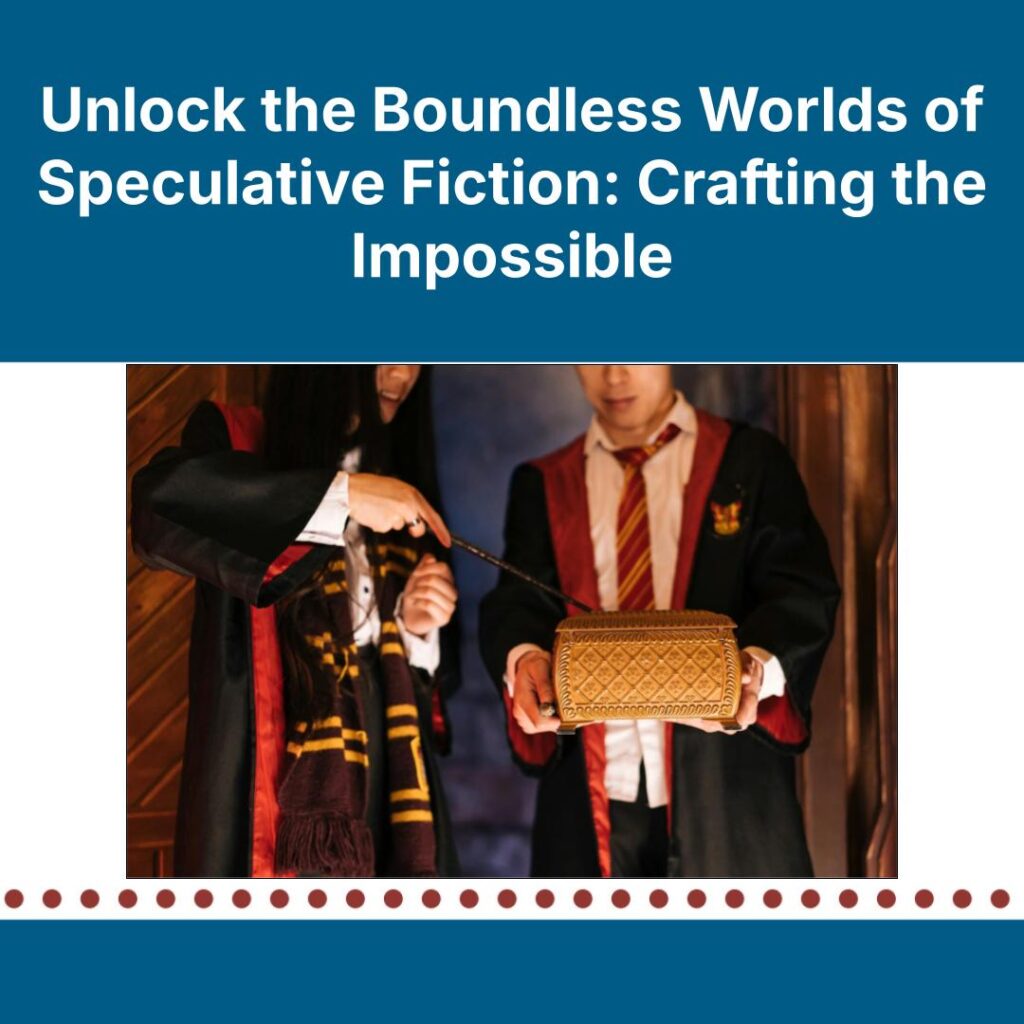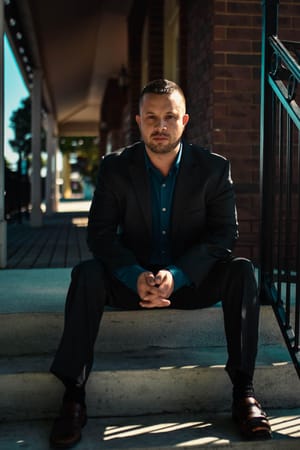So you have decided to write a historical novel. Were you impressed by the fifty-year scope in Amor Towles’ A Gentleman in Moscow? Or perhaps you were intrigued by the spy craft in The Rose Code by Kate Quinn? Historical Fiction is expansive, stretching across time periods and crossing paths with several other genres. Its variety makes it popular among readers, but it also can make for a more exciting experience for authors as well. So where does one begin?
First, one must meet the definition of a novel in this genre. Typically, Historical Fiction should depict events from over fifty years ago that are set in an actual time and place, according to Celadon Books. Cole Salao of TCK Publishing further describes Historical Fiction as “blending the real and the imaginary.” There can be exceptions with Romance, Historical Sci-Fi, Mystery, or Fantasy set in recognizable societies, of course.
Historical Fiction began in the early nineteenth century and remains popular today. Even though World War II ended in 1945, novels about the war, such as All the Light We Cannot See by Anthony Doerr, and The Nightingale by Kristin Hannah, remain top sellers. Yet another recent book, Sisters of the Great War by Suzanne Feldman, is set around World War I, over one hundred years ago.
No matter which time period you choose, every Historical Fiction—in every time period—needs to get the basics of the genre right in order to succeed with readers. That means mastering particular story elements early on to define your story’s base, create depth, and enrich your story world overall.
Define Your Base: Period, Setting, and Social Issues
Once you’ve chosen your genre, establish your book’s historical period and setting. Is the story set in regency England, the antebellum South, or during World War II? Each of these settings has particular historical facts that require research to establish authenticity.
Research your chosen time period well and look for source materials long before you write. Use movies you’ve watched that impressed you and the historical books you enjoyed from the time. Also consider social mores, especially for women, during period stories. What habits were taboo, such as public drinking or smoking, for a lady in the nineteenth century? How do enslaved people, minorities, or gay people interact with your characters? Is there travel between “then” and “now” as in the Historical Fiction Mystery The Lost Apothecary by Sarah Penner? If so, consider how the answers to these questions might conflict for certain characters.
Create Depth: Characters, Conflict, Dialogue, and Theme
In all fiction, authors must create powerful characters, accurate dialogue, and devise a theme. Will you be using the trope of forced marriage to save a family fortune? Or that of righting wrongs, such as the abolitionist or suffrage movements? Each of these topics brings you a chance to explore another important area in the genre: that of historically correct conflict for your protagonist.
On a smaller scale, your dialogue should also match the time period you’ve chosen for your book. Be sure your characters use phrases common to the time, such as using “swell” during a World War II novel or “cat’s pajamas” when writing about the roaring twenties.
Establish and Enrich Your Fiction: World-Building
Recall a city street scene in any recent movie and think of the extras hawking their wares or the cab horns blaring. Here the director is showing you the cacophony of the city. When world-building, show scenes of chaos or serenity with vivid descriptions; your reader needs to appreciate the surroundings as you depict another dimension.
What were the streets like in your story’s chosen time period? Were they smelly and muddy, strewn with manure from the many horse-drawn carriages common before the automobile? Or did they have cobblestone pavements? How were homes built and heated? Did industrial pollution cover the city with acrid smoke?
When asked if she visited the battle sites for her book about World War One, author Suzanne Feldman laughed and said she had learned her lesson when writing a previous book. She had traveled to the deep South to see certain sites described in it, but the trip was long and tedious; she got lost and had to call for directions. For her most recent book, she says, she used Google Maps, as well as an original surgical nurse’s diary to add details to her hospital fiction.
Meanwhile, for her book, Sarah Penner reviewed old maps of London and descriptions of potions from two hundred years ago to make her storylines work, according to a 2021 Q&A with Heather Caliendo for Book Club Chat. Real-time diaries and memoirs can add color to your scenes as well.
How your characters dress matters too. You cannot give a character a wristwatch before they were in common use, for example. (Artisans made the first one for the Queen of Naples in 1810.) Did women’s dresses have bustles? Did men wear wigs?
Tropes are common in all kinds of story-telling and can be great for world-building. We know the common ones: the good guy wears the White Hat; the bad guy, the Black Hat. But it is best to consider them carefully—including which harmful ones to avoid, writes ProWritingAid blog manager Krystal N. Craiker. (Surgical Nurses belied the trope that women fainted upon seeing blood, for example.)
Whatever—and whenever—your story, be sure to build your characters’ world before you write to ensure your reader will have the best experience.
_______________________________________________________________
Writing for ProwritingAid.com, Krystal N. Craiker notes that the winners often wrote history. Therefore, the white savior rides in on his white horse in the European version of history, but in reality, the world is diverse and the savage tribe is not the norm, no matter the continent on which one lives. It is best to avoid using the following tropes, which can include harmful descriptions and stereotypes.
- The white savior trope perpetuates the idea that people of color are weak and need saving.
- The savage tribe adds to the idea that natives of any country are not to be trusted.
- The damsel in distress continues the stereotype that women are weak and need a man to rescue them.
- The dark-skinned villain, much the same as the savage tribe, equates dark skin with bad characters.
- The tragic queer love story ignores the actual presence of queer people in the world and inserts moral judgments on their character; authors should allow them happy endings.
- The faceless, nameless token character is used to show diversity but does not give them a real function.

